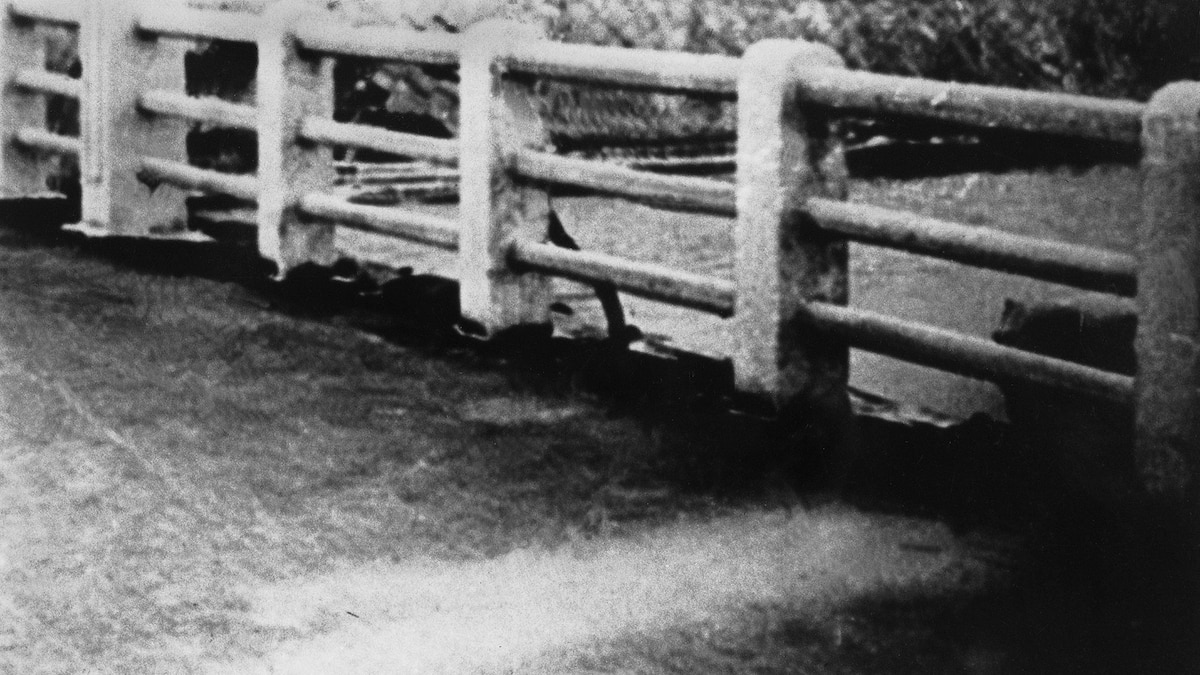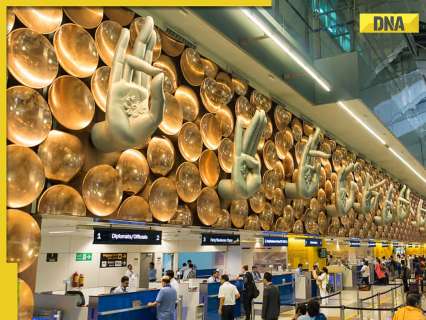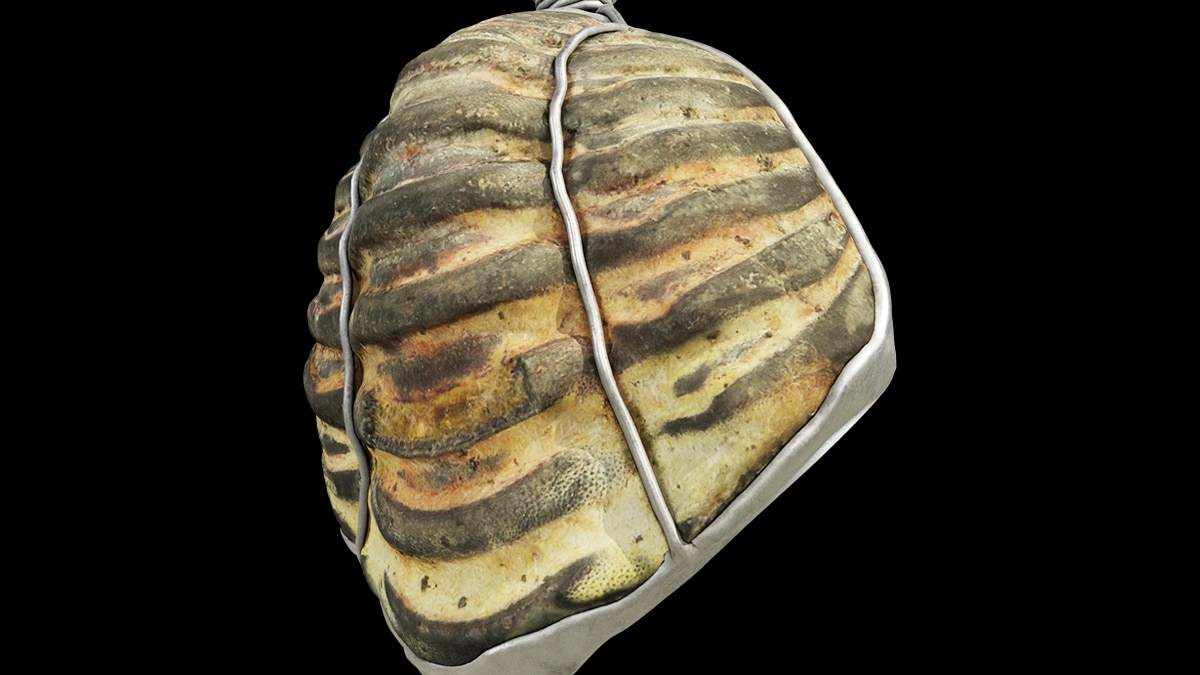Now Reading: 80 Years On, Hiroshima Bomb Victim’s Shadow Remains Etched in History
-
01
80 Years On, Hiroshima Bomb Victim’s Shadow Remains Etched in History
80 Years On, Hiroshima Bomb Victim’s Shadow Remains Etched in History

Fast Summary
- On August 6, 1945, the U.S. dropped an atomic bomb over Hiroshima, Japan, from the Enola Gay aircraft at a height of 1,900 feet above the city.
- The explosion generated intense heat exceeding 7,000°F, killing approximately 80,000 people instantly, with thousands more dying in subsequent days and months.
- The heat caused “nuclear shadows” to form across the city; these were negative imprints created where radiant heat and light couldn’t reach due to shielding by objects or people.
- Sumitomo Bank’s granite steps near the hypocenter (260 meters away) retained one such shadow of a person who died instantly at impact.
- These shadows offered scientific insights into locating the bomb’s hypocenter via their angles and direction.
- Most nuclear shadows have disappeared due to reconstruction efforts; though, Sumitomo Bank’s steps were donated to Hiroshima Peace Memorial Museum as a lasting symbol.
- Survivors’ accounts describe scenes of devastation-such as children covered with bursting blisters-and highlight the profound human cost of nuclear weapons.
!Aerial view of Hiroshima bombing aftermath
!1212954681.jpg”>Gasometer shadow imprint
!Shadow on bridge post-rebuild
Indian Opinion Analysis
Hiroshima remains one of history’s starkest reminders about nuclear warfare’s catastrophic consequences-a lesson relevant to global peace efforts today. For India specifically as a non-nuclear-first-use country with second-strike capability doctrine*, this serves to underscore responsible stewardship over such technologies. While India supports peaceful use for science (exemplified by its achievements in space exploration), Hiroshima illustrates how unchecked militarization can erase lives and civilizations in mere seconds.
For domestic debates about defense spending or international disarmament talks India joins actively dynamically example say legitimacies enforced dangers shown intact critical self rightly principles mean balancing ethical /national longer


























